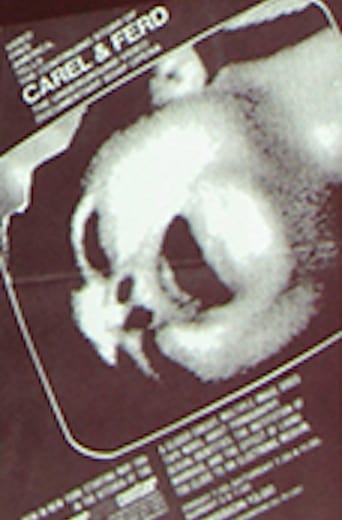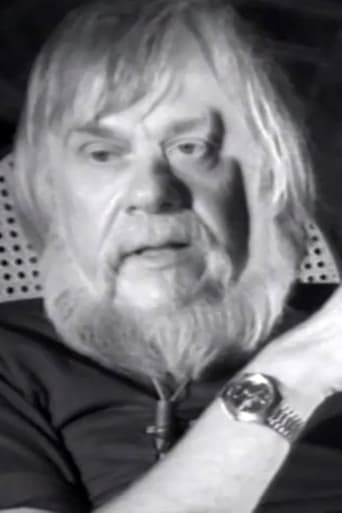The Continuing Story of Carel and Ferd 1975
A fascinating hybrid of performance and video verité, The Continuing Story of Carel and Ferd introduces Carel and Ferd, a couple who allowed Ginsberg to produce an ongoing documentary record of the intimate moments of their relationship. Carel, a porn actress, and Ferd, a drug addict, invite the camera to participate in their wedding, their sex life, and their break-up. Produced before the landmark PBS documentary An American Family introduced television audiences to the live-in camera — and many decades before the ubiquity of reality television — this document raises questions about the relationship between subject and camera, privacy and manipulation. Originally presented as an installation, this one-hour version, which includes interviews with Carel, Ferd and Ginsberg, was distilled from thirty hours of footage recorded from 1970 to 1975. - Electronic Arts Intermix





